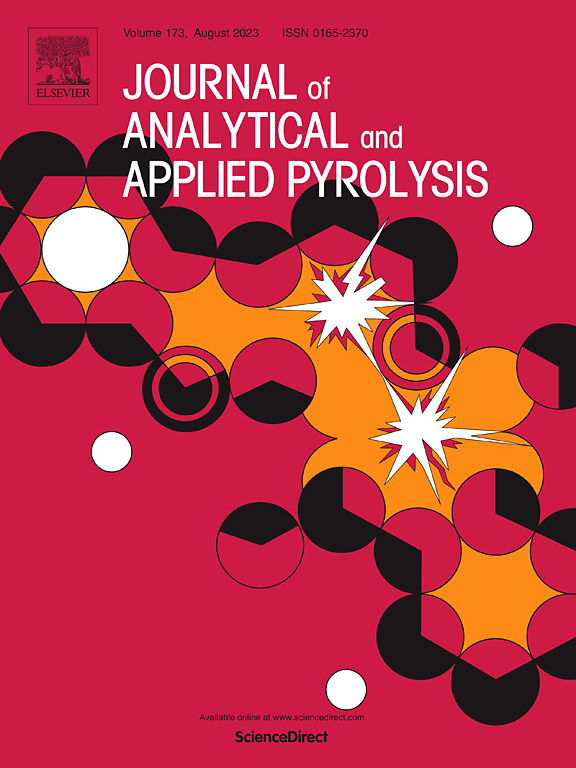Influence of extractives on the composition of bio-oil from biomass pyrolysis – A review
IF 5.8
2区 化学
Q1 CHEMISTRY, ANALYTICAL
引用次数: 0
Abstract
Fast pyrolysis of biomass is a promising method for producing bio-oil, meeting the growing demand for renewable fuels with low environmental impact. However, the complexity of the reactions involved and the limited knowledge about the influence of extractives (proteins, starch, waxes, fats, resins, tannic acid, pigments, sugars, pectin, saponins, essential oils, etc.) on the pyrolysis of the main biomass components (cellulose, hemicellulose and lignin) make it difficult to formulate effective mathematical models to optimize the reaction system and scale the process commercially. This article provides a comprehensive overview of the state of the art regarding the influence of extractives on the pyrolysis of cellulose, hemicellulose, and lignin, as well as on the composition of bio-oil. The text critically discusses the characteristics of biomass and the fast pyrolysis of each of its macromolecules and extractives, establishing a reference base for studying the effects of extractives in this process. Additionally, it offers an updated perspective on how extractives affect the devolatilization of macromolecules, considering factors such as reaction activation, liquid yield, and types of char produced. The influence of extractives on the pyrolysis of each macromolecule and the distribution of chemical species present in bio-oil is also addressed, contributing to a better understanding of the process.
求助全文
约1分钟内获得全文
求助全文
来源期刊
CiteScore
9.10
自引率
11.70%
发文量
340
审稿时长
44 days
期刊介绍:
The Journal of Analytical and Applied Pyrolysis (JAAP) is devoted to the publication of papers dealing with innovative applications of pyrolysis processes, the characterization of products related to pyrolysis reactions, and investigations of reaction mechanism. To be considered by JAAP, a manuscript should present significant progress in these topics. The novelty must be satisfactorily argued in the cover letter. A manuscript with a cover letter to the editor not addressing the novelty is likely to be rejected without review.

 求助内容:
求助内容: 应助结果提醒方式:
应助结果提醒方式:


